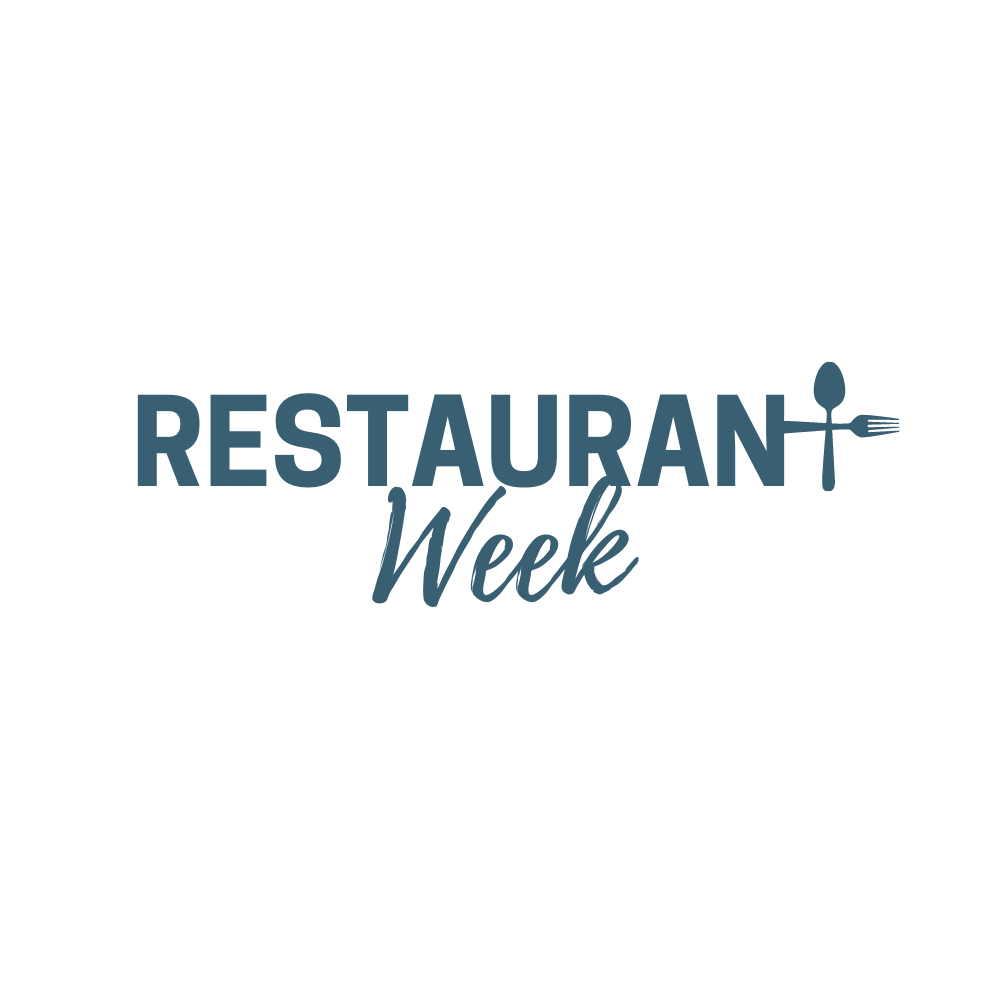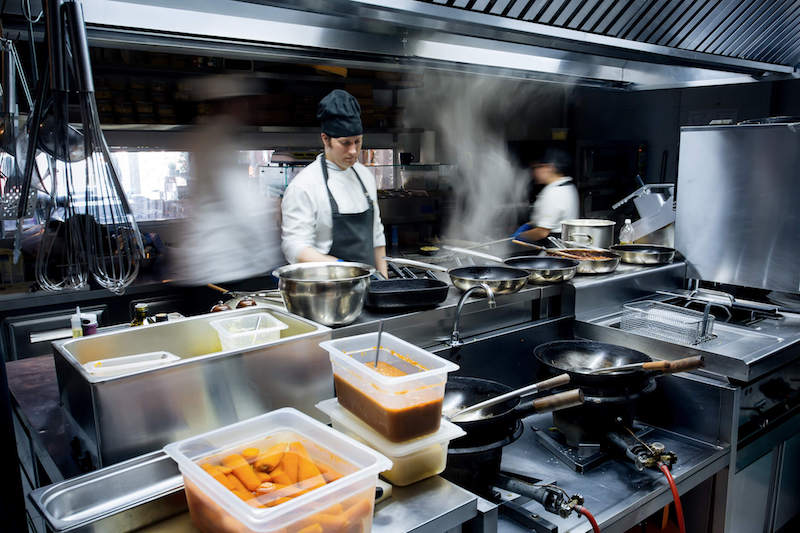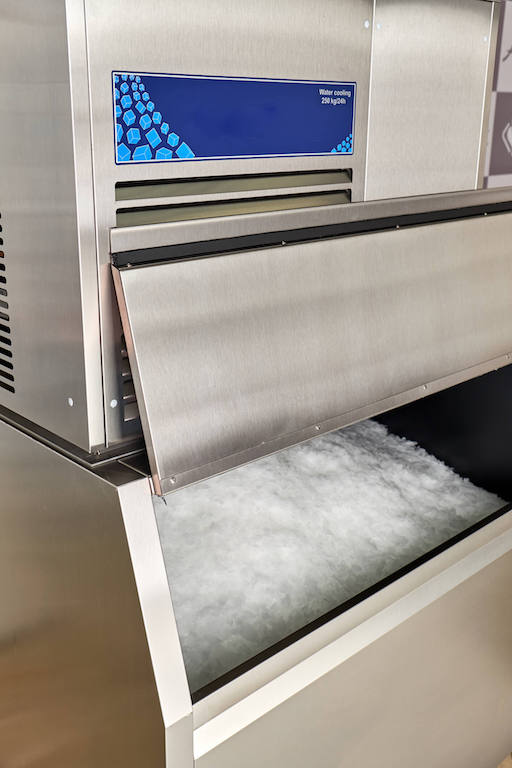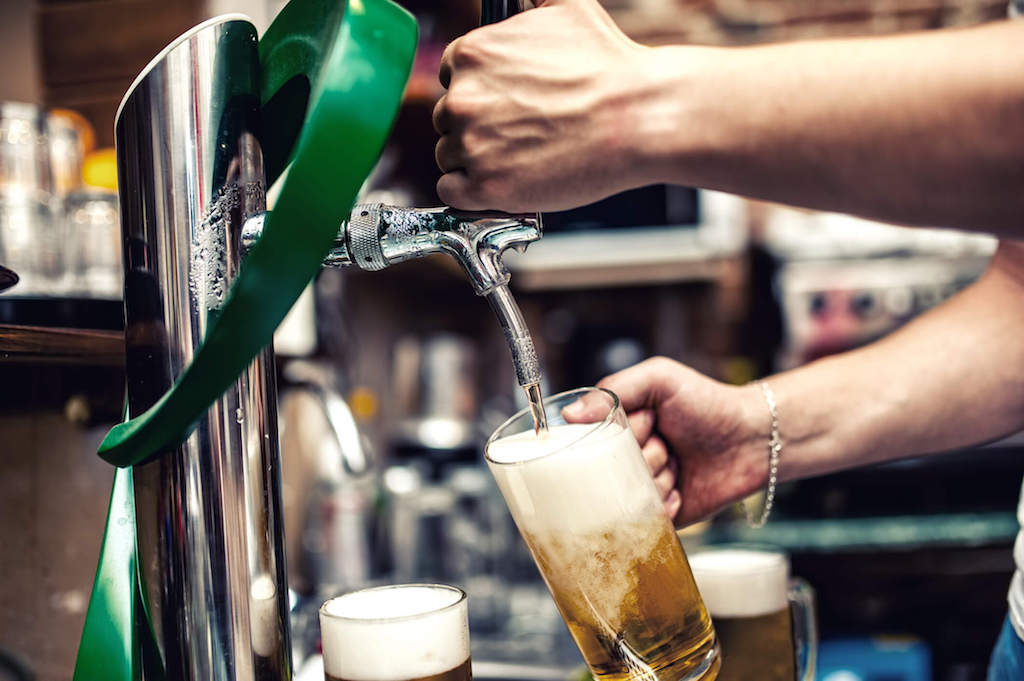Excursions to restaurants are similar to those spent at the theater. The scene is set, the guests are seated, the actors take the stage, and the play commences. It’s a dizzying and fast-paced whirlwind of activity that either receives high praise or harsh criticism. But, like in Phantom of the Opera, a hidden threat can lurk in the fringes of the building, existing alongside staff and guests. Except it’s not Gerard Butler that eventually gets discovered; it’s mold.
Mold in restaurants can occur no matter how much staff and management keep up with a cleaning schedule. Between the constantly revolving door of guests, unending beverages, sizzling food, inevitable spills, and dishwashing madness, the restaurant environment is ripe for mold growth. There are limitless moisture and food opportunities for spores to maximize.¹
Mold in Restaurants
All it takes for indoor mold growth is one rogue spore catching a ride on a guest’s coat or floating straight in through the front door. With over 100,000 species identified so far, that’s pretty easy to do!

If the spore finds a damp location to settle in, it can begin to grow in as little as 24 hours.² Once the spore settles in and begins to colonize, it shoots even more spores into the air.³ A higher volume of spores inside means that the chance of them finding other wet, habitable areas in the restaurant drastically increases, leading to more colonization and the cycle starting all over again. Some species of mold can even create microscopic toxins that they also shoot into the air.⁴
Collectively, all of these foreign particles in the indoor space severely decrease the air quality. Exposure, both from inhaling and coming into contact with the particles, can cause a range of adverse health effects in staff and patrons inside the building.⁵’⁶’⁷ Even from short-time exposure.
The potential effects from exposure are why it’s important to understand mold in general from where to look for growth, preventative actions to stop colonization, and how to properly remove it if found. Plus, it can lead to a failed health inspection!
Minus the obvious growth opportunities from leaks and water events, here are the top eight places to look for mold in restaurants.
Mold in Restaurant Kitchens
Thinking about kitchen safety and cleanliness usually revolves around personal hygiene, sanitizing surfaces, and preventing cross-contamination. All are important but they may not tackle mold, one of the largest kitchen contaminants. Mold in restaurant kitchens can occur in the blink of an eye. These areas are brimming with the components mold spores require to survive and thrive, thanks to billowing steam and splashes of food particles and gases. Throw in the million and one cracks and crevices and you’ve got yourself a moldy oasis. Cue the importance of properly handling any mold growth and preventing it as much as possible.

Preventing mold growth starts with decreasing moisture, especially in such water-rich environments. That includes wiping up spills, quickly removing pooled water, properly drying after cleaning, and maintaining low humidity. To prevent mold growth, the EPA recommends keeping indoor humidity levels between 30 and 50 percent. Installing proper ventilation can help remove moisture-filled air as much as possible during service hours and if that fails, a dehumidifier can help get rid of the rest. From there, initiating a deep cleaning schedule that tackles every nook and cranny of the kitchen can rob any mold spores of additional food sources.
Consider installing a purifier as well, either for the kitchen or the entire restaurant to help remove any rogue spores in the air as well as other particulates and gases. Removing these particles helps increase air quality and decrease the chances of mold growth.
Mold in Restaurant Bathrooms
Bathrooms are another prime place for mold growth in any building. In public areas with a high volume of people coming in and out, these rooms are even more prone to colonization. The flushing toilets and running faucets constantly add moisture into the air, as well as leave standing water around a significant portion of the area.
Like kitchens, the best first step to take is prevention, which means cleaning! Keeping these areas dry is incredibly important, from wiping up spills to ensuring proper ventilation so all of that wet air doesn’t remain trapped in the room. Deep cleaning can also remove additional food sources for mold, as well as killing and removing any spores that managed to find their way inside.
If visible mold exists on any of these surfaces, the fungus needs to be properly handled. That means using EPA-approved cleaning products to kill the mold and remove it by the root so it doesn’t just come right back or leave particles behind. Any remaining moldy particulates can continue exposure.
Mold in Restaurant Appliances
Most restaurant appliances are heavily used and bombarded with moisture and foody substances. The walk-in fridge alone is cause for a serious grimace when it comes to thinking about the many opportunities for mold growth. Whether these appliances can fit a human or are small enough to emulsify garlic, it’s incredibly important to treat them with care and moldy prevention.

The key to stopping mold in restaurant appliances (or any kitchen appliance) is cleaning and maintenance. Make sure to properly clean them either regularly or after every use using the correct cleaning agents. Deep clean them as much as possible as well, from the cracks and crevices to the tiny dismantlable parts and rubber seals. It takes multiple wipe-downs to remove particles like mycotoxins and bacteria, so staying up to date on proper cleaning protocols can ensure every surface is safe for use. Above all, keep them dry! Squeegee those walk-ins like it’s the new foodie trend and leave smaller appliances out to dry after washing.
Proper maintenance also makes a world of difference. Appliances that run correctly help prevent malfunctions that could lead to mold growth. Every appliance is different, though. Reading the manufacturer’s instructions will give you a timetable and breakdown of parts that need to be regularly replaced, like air filters. Keep an eye out to make sure the appliances are running correctly as well, like the fans and condensation coil in the ice machine.
Mold in Restaurant Floor Drains
If you’ve worked in a restaurant or work in one currently, you know how gross floor drains can be. Those frightening black holes are usually wet and filled with who knows what from the years of use. Bonus points if anyone has had to stick their gloved hand down there to remove a blockage. Restaurant floor drains are pretty much seedy little mold dens that can cause serious health issues.
Mold in restaurant floor drains usually occurs from improper maintenance and use. Which basically means they’re dirty and they’re prone to clogging. Keeping these areas free from debris as much as possible and setting up a deep cleaning schedule using proper cleaning supplies can help mitigate any mold growth in these areas. If the mold quickly comes back or a musty odor persists, it’s best to hire an inspector to assess the issue. If there’s a significant mold problem, a remediation team might be needed to remove the mold.
Mold in Restaurant Bars
There are dozens of places for mold to settle in bars. It kind of makes sense, though! The entire space is used to concoct cocktails, pour beer, top drinks with soda, and fill cups with ice. Plus, all of the food that comes and goes from the area. With bartenders requested and expected to work at hyper-speed, spills and rogue ice chunks come with the territory.
Sources of mold in bars include beer lines, soda dispensers, floor mats, sinks, drains, glass drying mats, beer coolers, fridges, and coffee machines. That’s a serious list of suspect places, which is why mold prevention is so important. With such a moisture-loaded area, maintaining dryness is highly important. That includes wiping up spills, making sure equipment runs properly, and fixing leaks. Keeping up with appliance maintenance comes into play here as well to help avoid condensation or rotten perishables like fruit. Which, can become moldy!
Next comes cleaning.

Bars house a ridiculous number of small crevices and areas for potential mold buildup, which is why daily and deep-clean schedules should be made for every potential moldy zone to keep these areas sparkly clean and fungi-free. That way, guests aren’t sitting in exposure areas and potentially drinking mold-spiked drinks.
Mold in Restaurant Dishwashing Areas
This area obviously causes alarm because of potential mold growth. Mold in restaurant dishwashing spaces can occur from the massive amount of water involved. From the water spray-slinging droplets everywhere to the heavy steam pumping moisture into the air, these spaces scream "wet." Meaning they scream "mold home." They’re also filled with all kinds of food particles, including the ones from the moldy container someone found in the back of the server fridge.
Maintaining a mold-free dishwashing area similarly requires a balance between cleaning, drying out, keeping up with appliance maintenance, and handling any moldy situations quickly. It’s also never a bad idea to install a dehumidifier in these rooms (and in the kitchen) to decrease the amount of moisture in the air. Condensation can lead to mold growth just as easily as a puddle on the floor. Other appliance additions like a condensation hood can help handle the excess moisture as well.

Mold in Restaurant Server Stations
Like bars, server stations are prone to mold growth. In the frenzy of a dining shift, these areas are thrust into chaos. They’re overloaded with drinks, the victim of various spills, and smeared with rogue pieces of leftover food. To be honest, they are pretty gross. They’re also home to mold-prone appliances like the soda machine, coffee maker, ice machine, and fridge.
With the high traffic and bombardment of particles, it’s important to keep these surfaces wiped down and clean throughout the shift. Not to mention, adding in daily cleaning requirements and weekly-deep cleaning.
Otherwise, mold can build up in one of the many small and wet corners, like in the sticky soda machine drip pan. Yuck… On the bright side, the organization and constant cleanliness help servers avoid mishaps during the wild wild west of their shift.
Mold in Restaurant Ceilings
This one might not be the first place you think of when it comes to mold in restaurants, but it’s one of the most likely places to find it. With the kitchen and dishwashing area constantly adding moisture to the air (plus all of the random running hot water throughout the restaurant), that hot air rises to the top of the building where it cools and often condenses. If this wetness doesn’t dry within 24 hours, mold spores can settle in and begin to grow.
Stopping mold growth in restaurant ceilings starts with using mold-resistant products like paint, ensuring proper airflow and ventilation, and installing machines like dehumidifiers. Keeping those areas dry will decrease the likelihood of a moldy event. It’s also a great idea to wipe these areas down as much as possible to remove dirt and grime.
From there, it’s important to simply keep an eye on them. Any discoloration or bubbling paint could point to a mold issue in the ceiling tiles or within the wall.
Maintaining Safe Dining
Mold and restaurants can go together like peanut butter and jelly, but they don’t have to be a match made in heaven! Actively taking steps every day to prevent mold growth and knowing how to properly address any moldy problems can work wonders to maintain clean air quality.
With so many people frequenting these eating establishments, keeping the indoor environment safe ensures a healthy experience for all. No one wants to feel sick while they’re sipping on a cocktail or working for a paycheck. It’s also one less thing the health inspector will harp on, which is a win-win for everyone!
- Lstiburek, J., Brennan, T., & Yost, N. (2002, January 15). Rr-0208: What you need to know about mold. Building Science Corporation. Retrieved August 18, 2021, from https://www.buildingscience.com/documents/reports/rr-0208-what-you-need-to-know-about-mold/view.
- Environmental Protection Agency. (n.d.). Mold. EPA. Retrieved August 17, 2021, from https://www.epa.gov/mold.
- Centers for Disease Control and Prevention. (2020, August 11). Basic facts about mold and dampness. Centers for Disease Control and Prevention. Retrieved August 17, 2021, from https://www.cdc.gov/mold/faqs.htm.
- World Health Organization. (n.d.). Mycotoxins. World Health Organization. Retrieved August 26, 2021, from https://www.who.int/news-room/fact-sheets/detail/mycotoxins.
- Kim, K. H., Kabir, E., & Kabir, S. (2015). A review on the human health impact of airborne particulate matter. Environment international, 74, 136-143.
- Bush, R. K., Portnoy, J. M., Saxon, A., Terr, A. I., & Wood, R. A. (2006). The medical effects of mold exposure. Journal of Allergy and Clinical Immunology, 117(2), 326-333.
- Curtis, L., Lieberman, A., Stark, M., Rea, W., & Vetter, M. (2004). Adverse health effects of indoor molds. Journal of Nutritional & Environmental Medicine, 14(3), 261-274.

